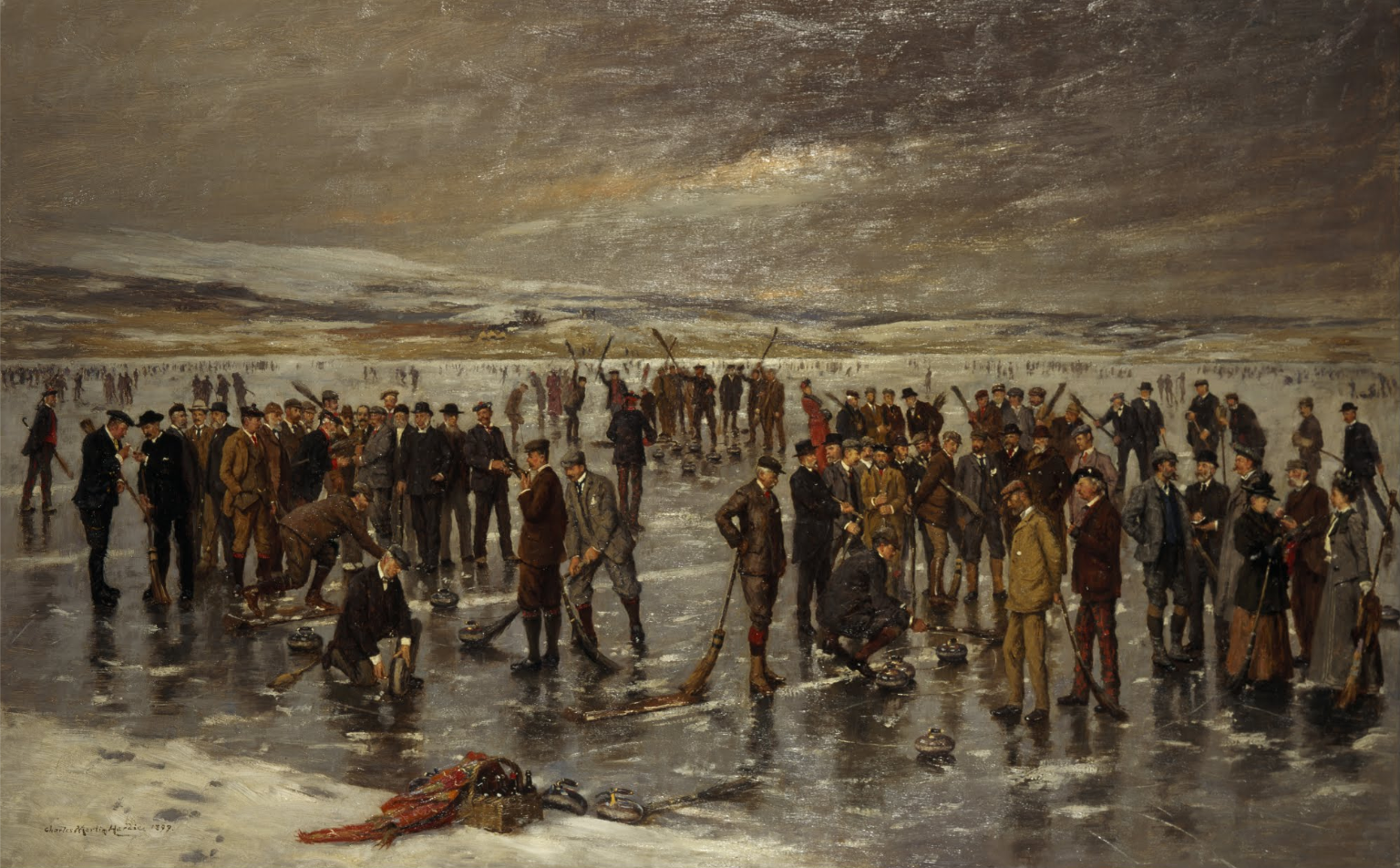Men’s fashion in the 1890s, The overall silhouette of the 1890s was long, lean, and athletic. Hair was generally worn short, often with a pointed beard and generous moustache.
Men’s clothing still consists of shirt, jacket, trousers and vest. On official occasions, a tuxedo or (skirt) costume is worn. But more and more the man is dressed in casual informal clothing, such as the suit jacket. The board is high and the man wears a bow tie or tie. The hair is short with a big mustache. On the head a top hat, the homburg (bowler hat), or a grooming hat. At the feet mainly lace-up shoes. For men too, sports clothing is fashionable: striped blazers, shirts, knee trousers and knee socks, and flat straw hats. For driving a thick jacket with goggles and cap.
Coats, jackets, and trousers
By the 1890s, the sack coat (UK lounge coat) was fast replacing the frock coat for most informal and semi-formal occasions. Three-piece suits (“ditto suits”) consisting of a sack coat with matching waistcoat (U.S. vest) and trousers were worn, as were matching coat and waistcoat with contrasting trousers. Contrasting waistcoats were popular, and could be made with or without collars and lapels. The usual style was single-breasted.
The blazer, a navy blue or brightly colored or striped flannel coat cut like a sack coat with patch pockets and brass buttons, was worn for sports, sailing, and other casual activities.
The Norfolk jacket remained fashionable for shooting and rugged outdoor pursuits. It was made of sturdy tweed or similar fabric and featured paired box pleats over the chest and back, with a fabric belt. Worn with matching breeches (or U.S. knickerbockers), it became the Norfolk suit, suitable for bicycling or golf with knee-length stockings and low shoes, or for hunting with sturdy boots or shoes with leather gaiters.
The cutaway morning coat was still worn for formal day occasions in Europe and major cities elsewhere.
The most formal evening dress remained a dark tail coat and trousers with a dark or light waistcoat. Evening wear was worn with a white bow tie and a shirt with a winged collar.
The less formal dinner jacket or tuxedo, which featured a shawl collar with silk or satin facings, now generally had a single button. Dinner jackets were appropriate formal wear when “dressing for dinner” at home or at a men’s club. The dinner jacket was worn with a white shirt and a dark tie.
Knee-length topcoats, often with contrasting velvet or fur collars, and calf-length overcoats were worn in winter.
Shirts and neckties
Shirt collars were turned over or pressed into “wings”, and became taller through the decade. Dress shirts had stiff fronts, sometimes decorated with shirt studs and buttoned up the back. Striped shirts were popular for informal occasions.
The usual necktie was a four-in-hand or an Ascot tie, made up as a neckband with wide wings attached and worn with a stickpin, but the 1890s also saw the return of the bow tie (in various proportions) for day dress.
Accessories
As earlier in the century, top hats remained a requirement for upper class formal wear; bowlers and soft felt hats in a variety of shapes were worn for more casual occasions, and flat straw boaters were worn for yachting and at the seashore.
Style gallery
 1 – 1890 |
 2 – 1890 |
 3 – 1890s |
 4 – 1895 |
 5 – 1896 |
|---|---|---|---|---|
 6 – 1898 |
 7 – 1898 |

8-1890
|
1.Painter John Singer Sargent in formal evening dress, 1890.
2.Another portrait of Sargent, in day dress: dark coat and waistcoat, dark red ascot, and tall collar, c. 1890. This picture shows the long, lean silhouette in fashion at this time.
3.Oscar Wilde wears a frock coat with a pocket square, 1890s.
4.Frederick Law Olmsted wears a tan topcoat over a gray suit, 1895.
5.George du Maurier wears a double-breasted waistcoat with a shawl collar under his sack coat, with grey trousers. He wears square-toed shoes with spats, 1896.
6.Country clothes: James Tissot wears breeches and high boots with a reddish collared waistcoat and a brown coat. Even with this casual outdoor costume, he wears a tie, 1898.
7.College fashion includes a straw boater. William Beveridge at Balliol, 1898.
8.Early 1890s fashion includes gray coat with covered buttons and matching waistcoat, dark trousers, short turnover shirt collar, and floppy bow tie. The short hair and pointed beard are typical. Portrait of Paul Wayland Bartlett by Pearce, 1890
 1-1890 |
 2-1890 |
 3-1892 |
 4-1895 |
 5-1897 |
|---|
1.Lord Ribblesdale, 1890
2.John Lewis Brown with wife and daughter, 1890
3.Emanuele Muzio, 1892
4.Portrait of the poet Hanvin, 1895
5.French poet, writer and dandy, Robert de Montesquiou , 1897
Russian fashion 1890s
 1-1890 |
 2-1891 |
 3-1893 |
 4-1893 |
 5-1896 |
|---|
1.Portrait of Composer César Antonovich Cui, 1890
2.Grand Duke Constantine Constantinovich of Russia, 1891
3.Portrait of Leo Tolstoy, 1893
4.Nikolai Rimsky-Korsakov,1893
5.Portret generala A.K.Geinss, 1896
Source from Wikipedia
